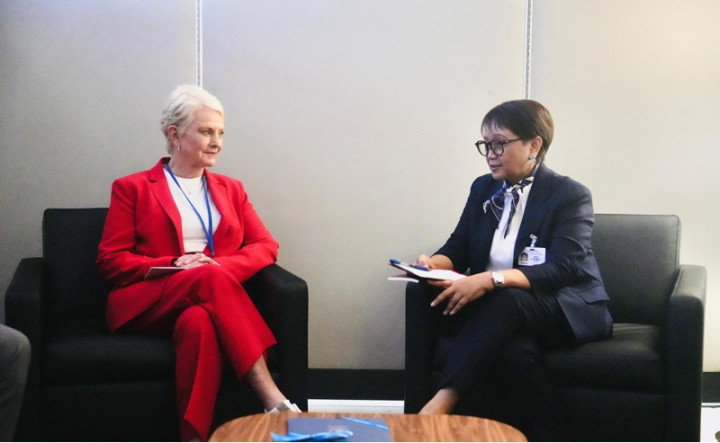Amman: Jordan’s economy is projected to grow by 2.1% in 2022, however, rising commodity prices, supply bottlenecks and the impact of the war in Ukraine pose major downside risks to the country’s economic outlook.
This projection builds on the relatively strong growth rate of 2.2% registered in 2021 due to the government’s supportive monetary and fiscal policy, along with the gradual reopening of the economy. Yet unemployment, particularly among youth and women, remains at alarming levels and reforms are needed to spur investment to create more and better jobs.
According to the World Bank’s Spring 2022 edition of the Jordan Economic Monitor (JEM), Global Turbulence Dampens Recovery and Job Creation, Jordan’s economic growth in 2021 has been robust, led by a broad-based expansion of the service and industrial sectors, and an unexpectedly strong rebound in the travel and tourism sector. However, some subsectors, particularly contact-intensive services sector such as restaurants and hotels, still lag pre-pandemic levels.
"Despite Jordan’s economic rebound, pressing socio-economic challenges, such as high unemployment, especially among the youth and women, remain entrenched," said Saroj Kumar Jha, World Bank Mashreq Regional Director, in a press release on Monday.
"Going forward, accelerating implementation of investment-enabling reforms will be critical to inject dynamism in the economy and activate the private sector as an engine of job creation," the World Bank official added.
The JEM presents four recommendations to encourage investment and to help Jordan to better manage uncertain times: 1) Intensify microeconomic reforms to encourage private sector development; 2) Implement reforms to address unemployment, particularly for the youth and women; 3) Transition to a post-crisis macroeconomic policy framework that ensures signals on investment and prices are adequate; and 4) Revamp Jordan’s debt financing strategy to sustain public investments in infrastructure and to develop Jordan’s human capital.
The JEM Special Focus Section titled “Creating more and better Jobs in Jordan” presents key structural challenges in the Jordanian labor market as well necessary reforms required to overcome them. The pandemic has led to fewer job opportunities for the youth, who makes up around one fifth of Jordan’s total working age population. As of end 2021, official statistics indicated that more than half of the country’s youth is unemployed, with a higher percentage among young female workers. A striking gender divide also continues to characterize the Jordanian labor market with the female labor force participation rate almost 40 percentage points lower than that of males, ranking among the lowest in the world.
The report outlines recommendations to remove obstacles to Jordan’s private sector dynamism and create more and better jobs, through reforms that increase market contestability, reduce entry barriers and improve supporting infrastructures for businesses. These policies need to be accompanied by efforts to improve the skills of the workforce, address the skills mismatch and prioritize 21st century skills and competences.
Cek Berita dan Artikel yang lain di Google News
FOLLOW US
Ikuti media sosial medcom.id dan dapatkan berbagai keuntungan



















